Chapter 3 Intro and Tasks
[vc_row][vc_column][vc_column_text]The Cellular Level of Organization
Introduction
One of the risks involved in covering a “cell chapter” is inadvertently giving the impression that the remainder of the chapters are not about cells. Looking at the textbook table of contents or a typical A&P course schedule, students could incorrectly conclude that this chapter marks the beginning and end of their cell biology work, and that the rest of your A&P studies will simply involve a review of organ systems. Of course, most experts conceptualize organ systems based on the structures and behaviors of the cells in those systems. Thus, you will frequently refer back to this chapter during relevant discussions of cellular physiology later in this course. In this chapter, we will be discussing cells, and establishing a common vocabulary. This involves introducing the basic parts shared by most cells and noting that there are a few common ways to get materials in and out of cells. The subjects of neuron function, hormone mechanisms, and urine formation all require a detailed understanding of the plasma membrane and the specific ways materials might pass through the membrane. Innumerable conspicuous proteins arise in the coming chapters (e.g., keratin, myosin, hemoglobin, etc.) with each presenting an opportunity to discuss how proteins come about and how mutations might impact the body. The subjects of DNA replication and cell division rest at the heart of reproduction, development, and growth, which are important topics later in the text. Throughout the duration of this course (as well as your healthcare practice) you should reflect on the overall body from a cellular perspective.
Objectives
- List the functions of the plasma membrane and the structural features that enable it to perform those functions.
- Describe the organelles of a typical cell, and indicate the specific functions of each.
- Explain the functions of the cell nucleus and discuss the nature and importance of the genetic code.
- Summarize the role of DNA in protein synthesis, cell structure, and cell function.
- Describe the processes of cellular diffusion and osmosis, and explain their role in physiological systems.
- Describe carrier-mediated transport and vesicular transport mechanisms used by cells to facilitate the absorption or removal of specific substances.
- Explain the origin and significance of the membrane potential.
- Describe the stages of the cell life cycle, including mitosis, interphase, and cytokinesis, and explain their significance.
- Discuss the regulation of the cell life cycle.
- Discuss the relationship between cell division and cancer.
- Define differentiation, and explain its importance.
Tasks
Below are the tasks associated with this chapter. You can access the following items by clicking the links below.
- Read Chapter 3 in your textbook.
- Take notes on the chapter outline as you read.
[pdf id=59087]
Textbook Review
- Chapter 3 Review Questions View the slide presentation. Click the correct answer to the question within the presentation. Progress to the next question by using the arrow to move to the next slide. This serves as both a good preview and review to the content in this chapter.
 Loading...
Loading...
- Chapter 3 Quiz Show View the slide. Click on a dollar amount to see the question. Answer the question within the presentation. Progress to the next question. This serves as a good preview and review of the material in this chapter.
 Loading...
Loading...
- DNA Replication View the slide presentation. Answer the questions as they are presented.
 Loading...
Loading...
- Membrane Transport View the slide presentation. Answer the questions as they are presented.
 Loading...
Loading...
Video Presentation(s)
You can view the associated video presentations by going to the Pearson website.
Interactive Media (Optional Resources)
You can view the associated interactive media presentations by going to the Pearson website. These are optional and are not graded.
- Review the key terms from your completed chapter outline .
[/vc_column_text][/vc_column][/vc_row]

